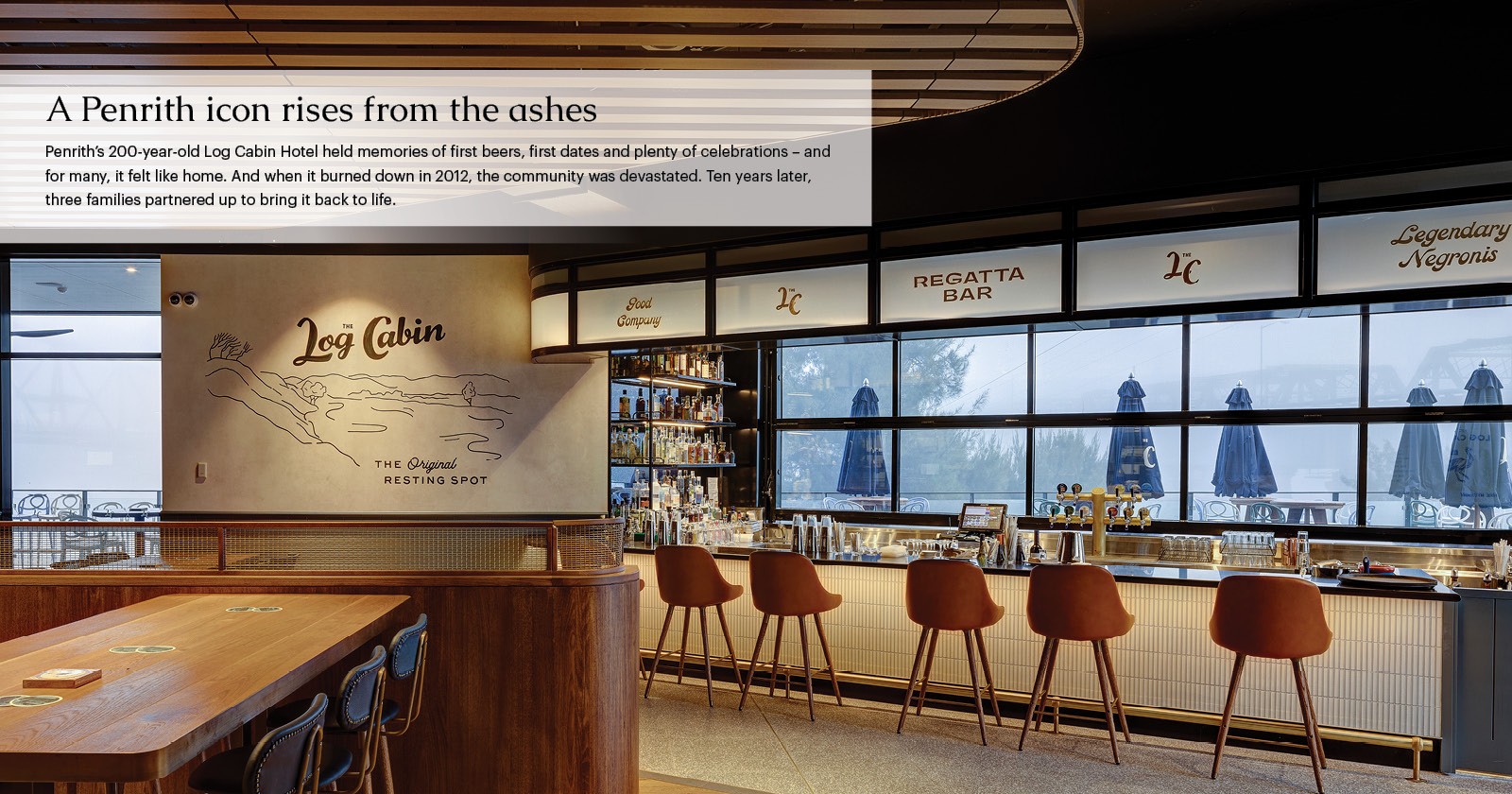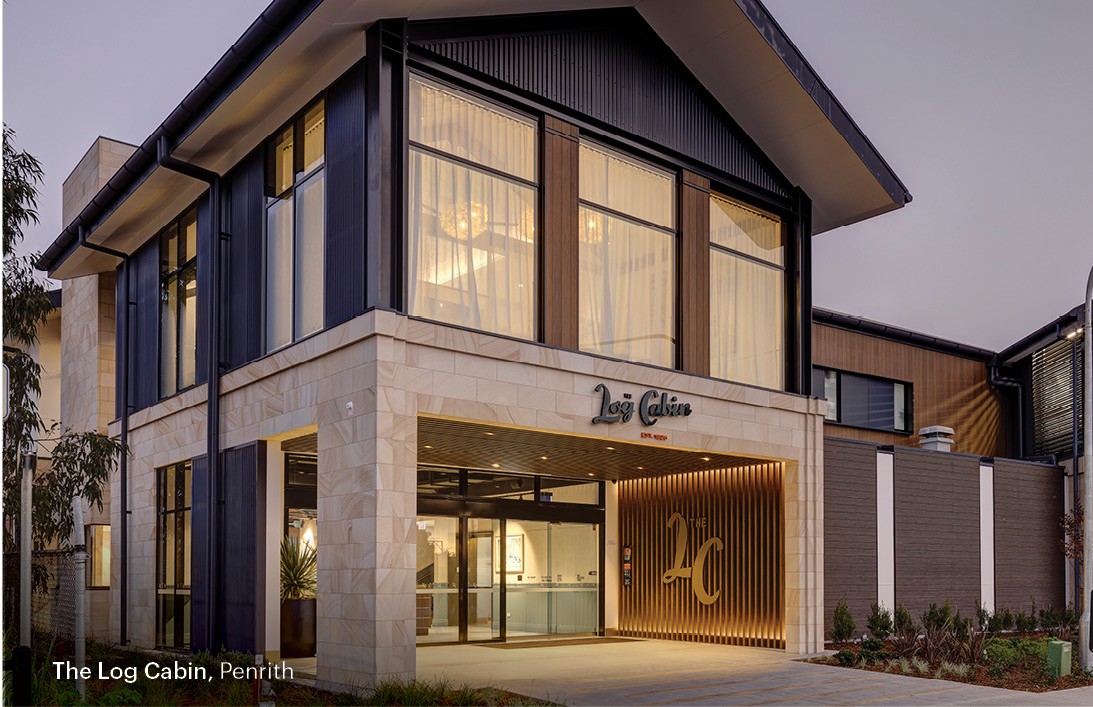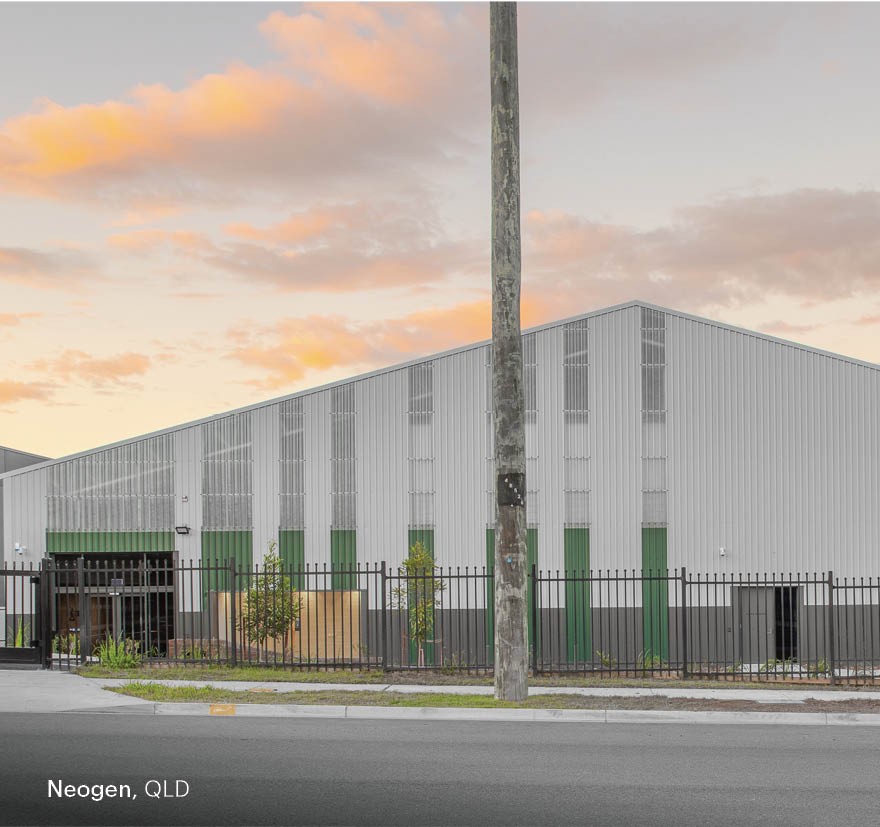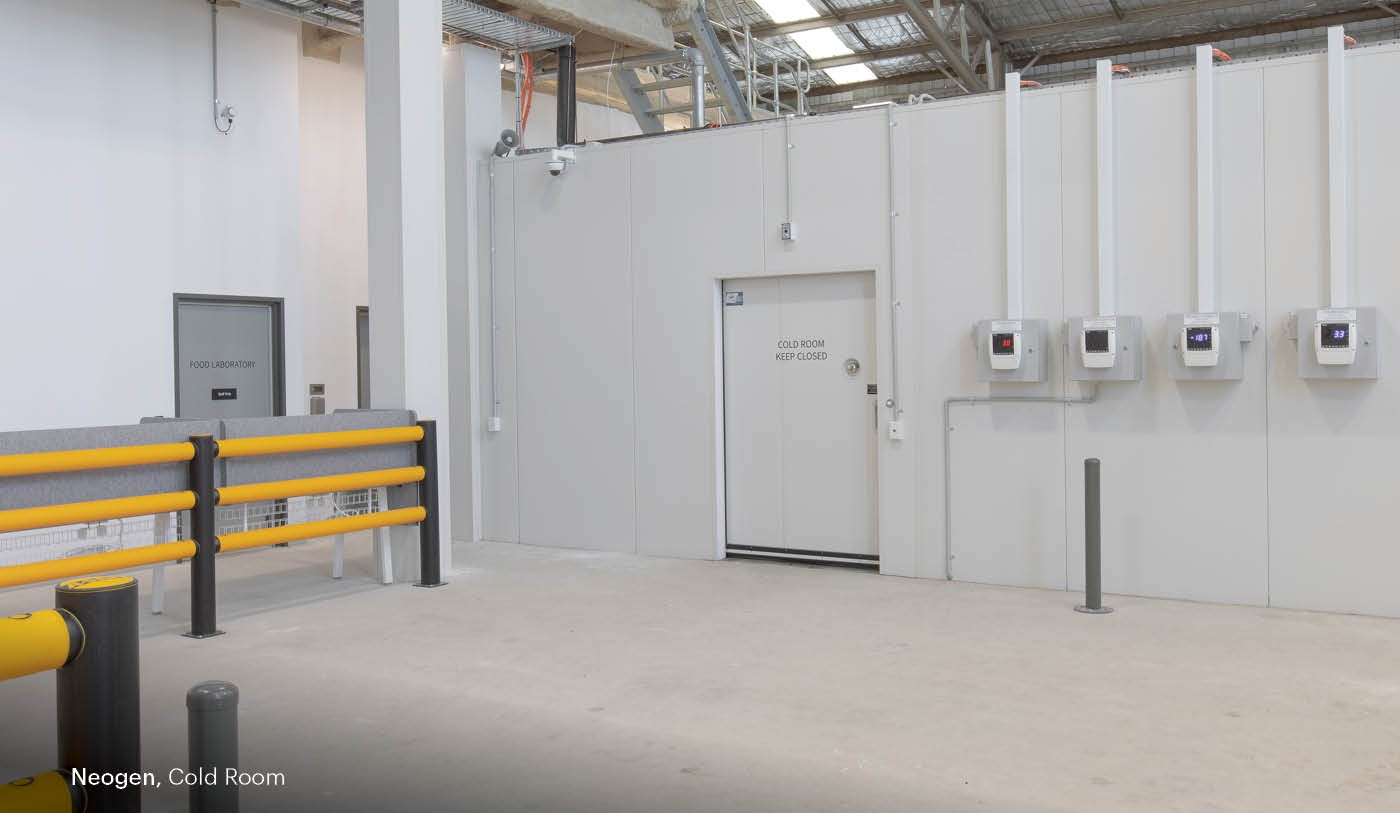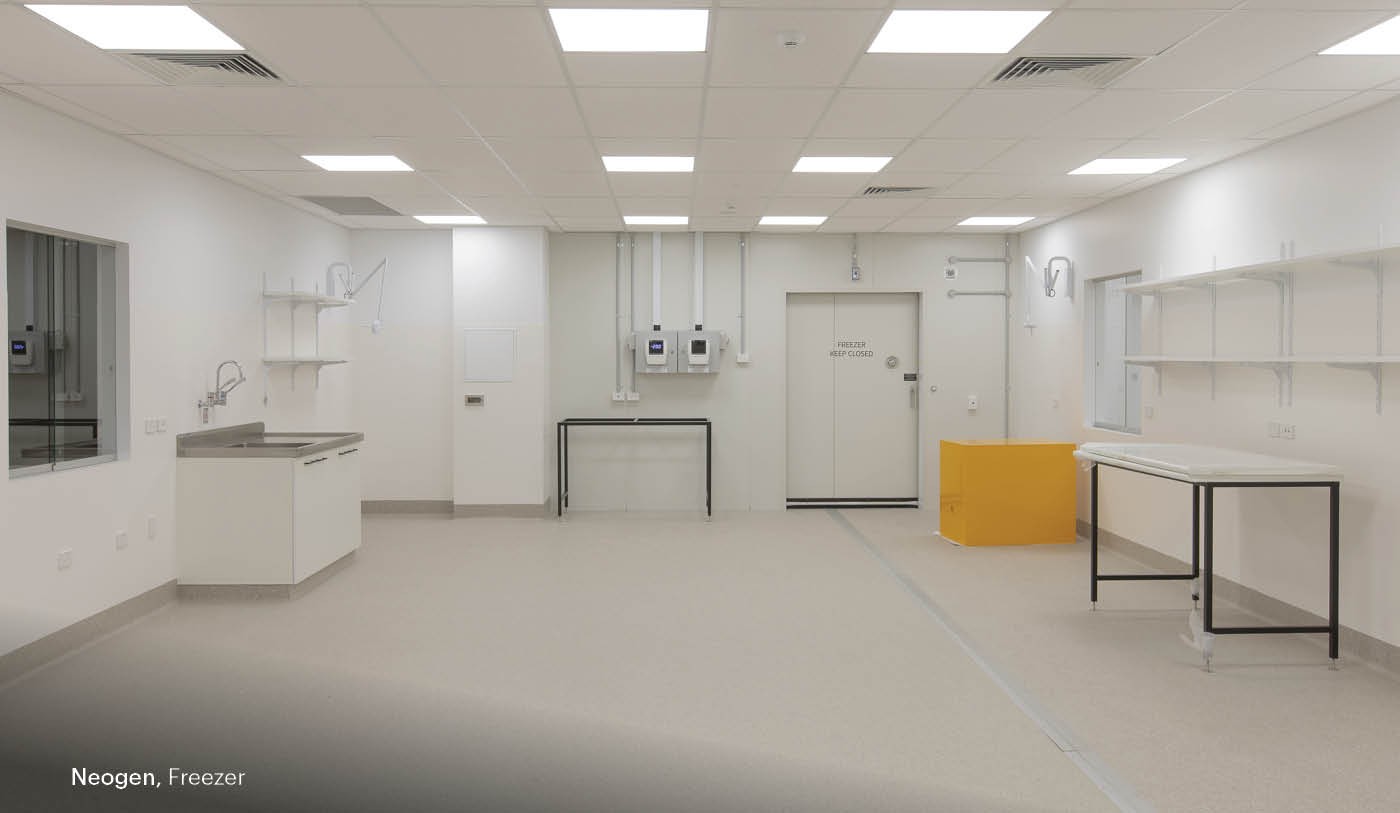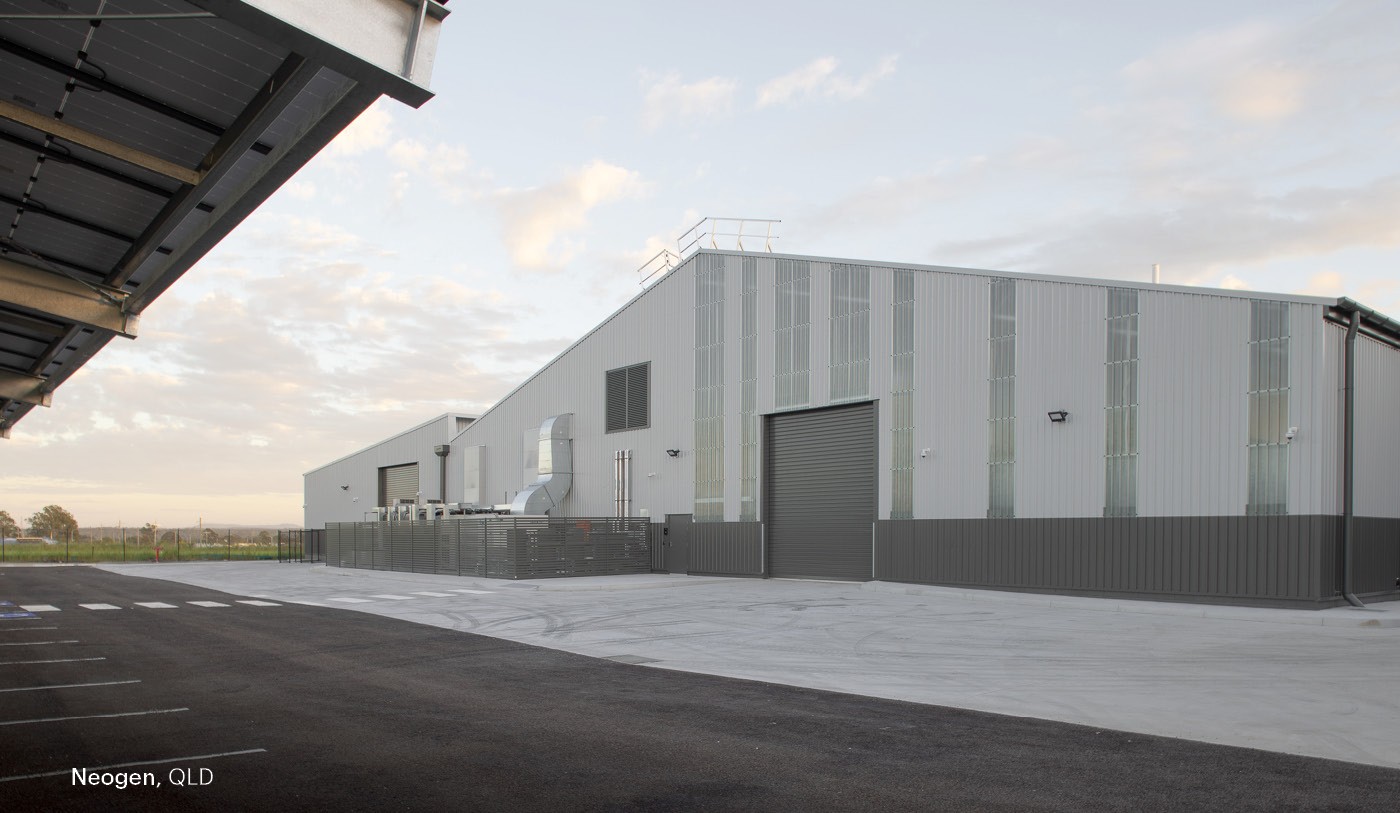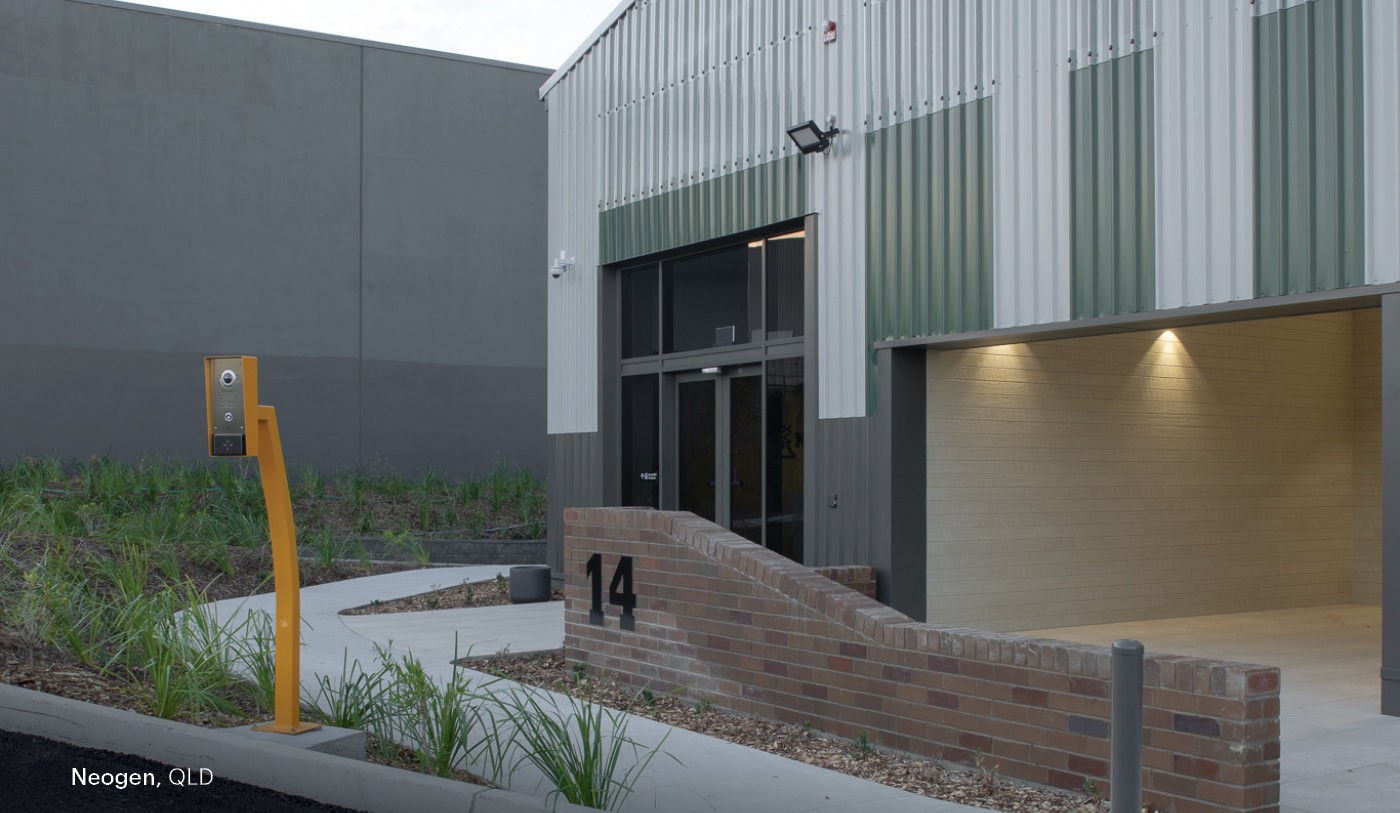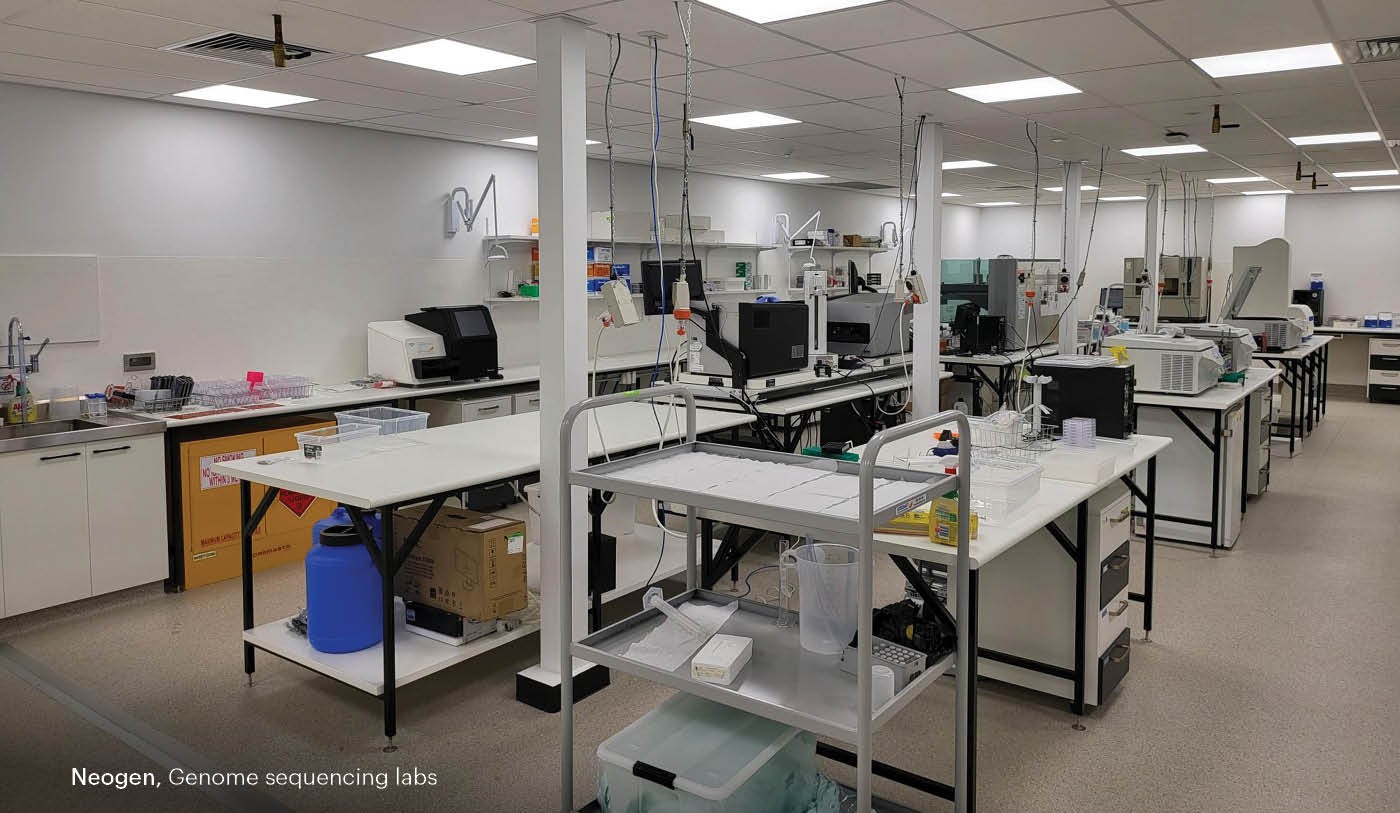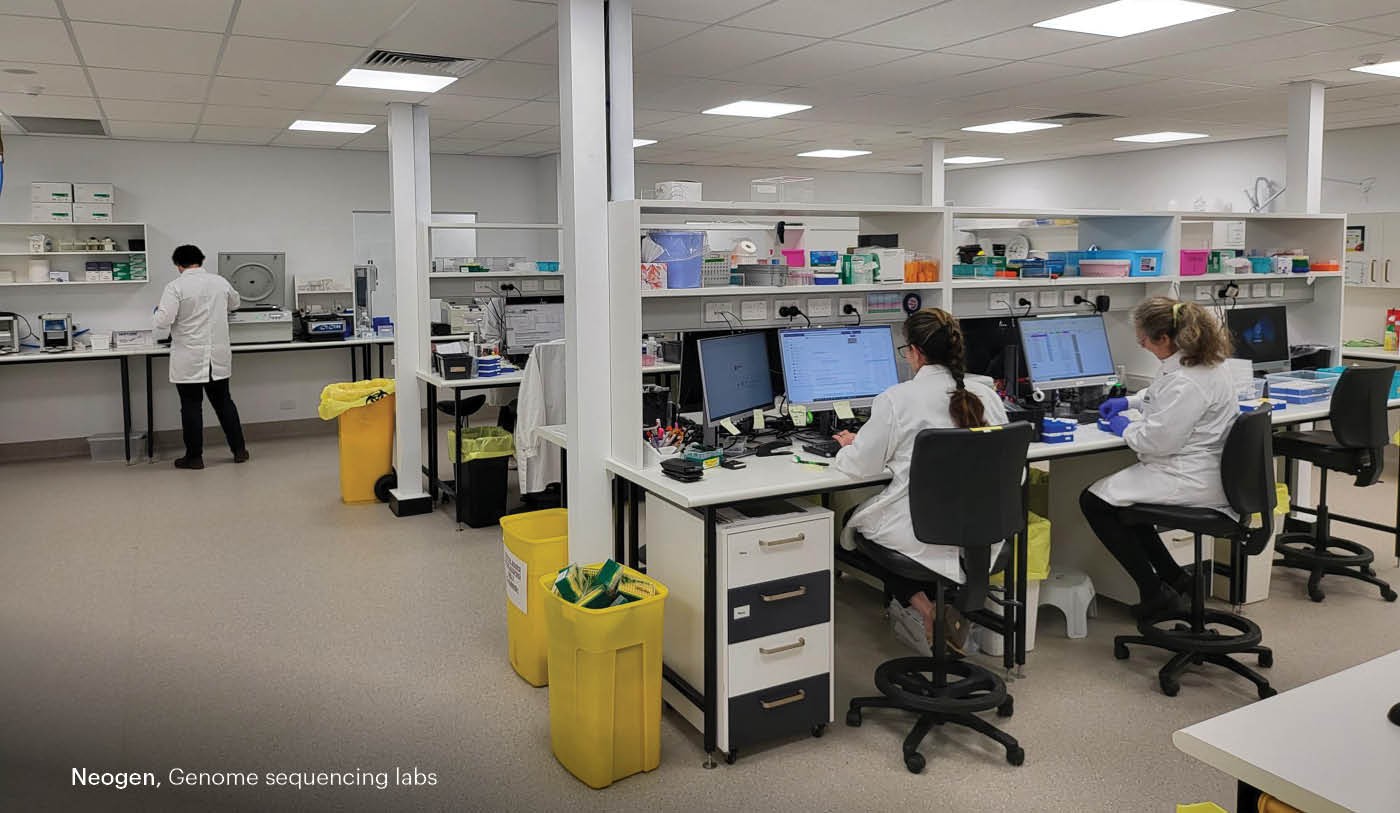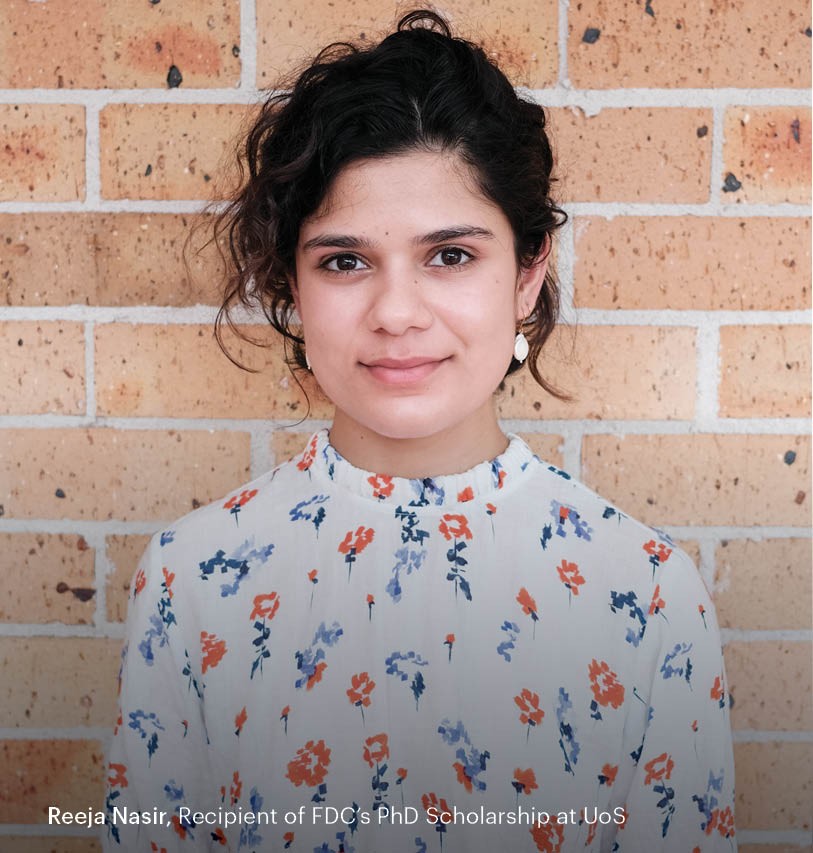A rich, social history
The original Log Cabin, known as the Emu Ford Hotel, was built in 1826 on the edge of the Nepean River – the halfway point between Sydney and the Blue Mountains. It was a natural point for travellers and traders to take a moment to stop and rest, even attracting Charles Darwin before he left to explore the Blue Mountains.
Over the years it saw thousands of patrons, creating an environment rich in history.
In 1925, the cabin became a hub for rowers – it was even the central point of the 1938 Commonwealth Games rowing competition. In memory of this, Rob Wearn (Director of Mulgoa Quarries) donated a grand octuple scull (8X) that floats from the ceiling as if buoyant and ready to glide down the Nepean.
During World II, Diggers from the local barracks frequented the Log Cabin enough that they were dubbed ‘The Log Cabin Brigade’. When it was time for them to sail to England, they took the Log Cabin flag with them, flying it off the back of the Queen Mary.
Today, the well-travelled flag has returned home, hanging proudly by the main bar.
“We wanted to harness the history of the Log Cabin and make sure it was a part of the hotel’s vision in the long term,” said Laundy Hotel Group’s Director Danielle Richardson. “And whilst we wanted to honour this history, we also wanted to give the community something new and modern.”
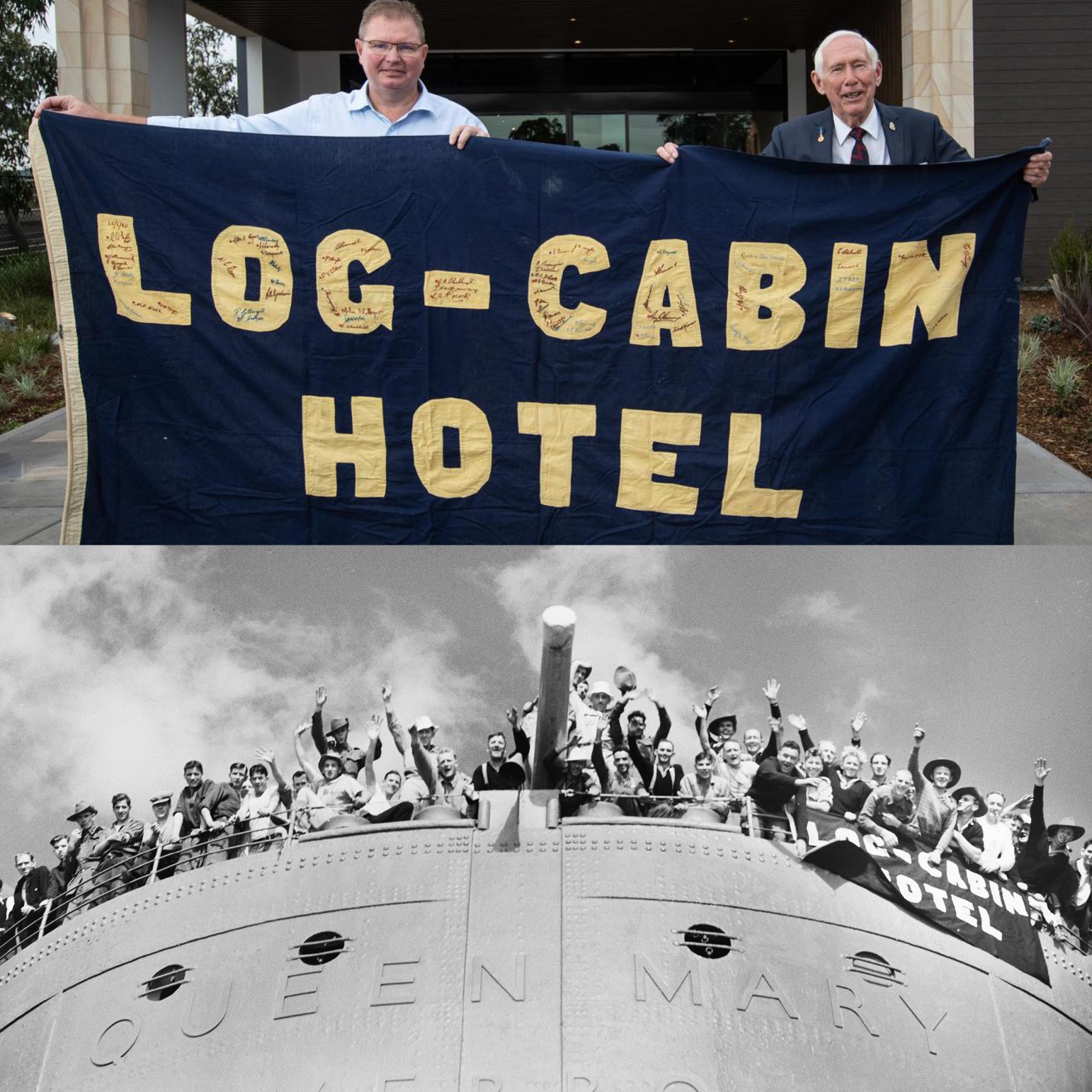
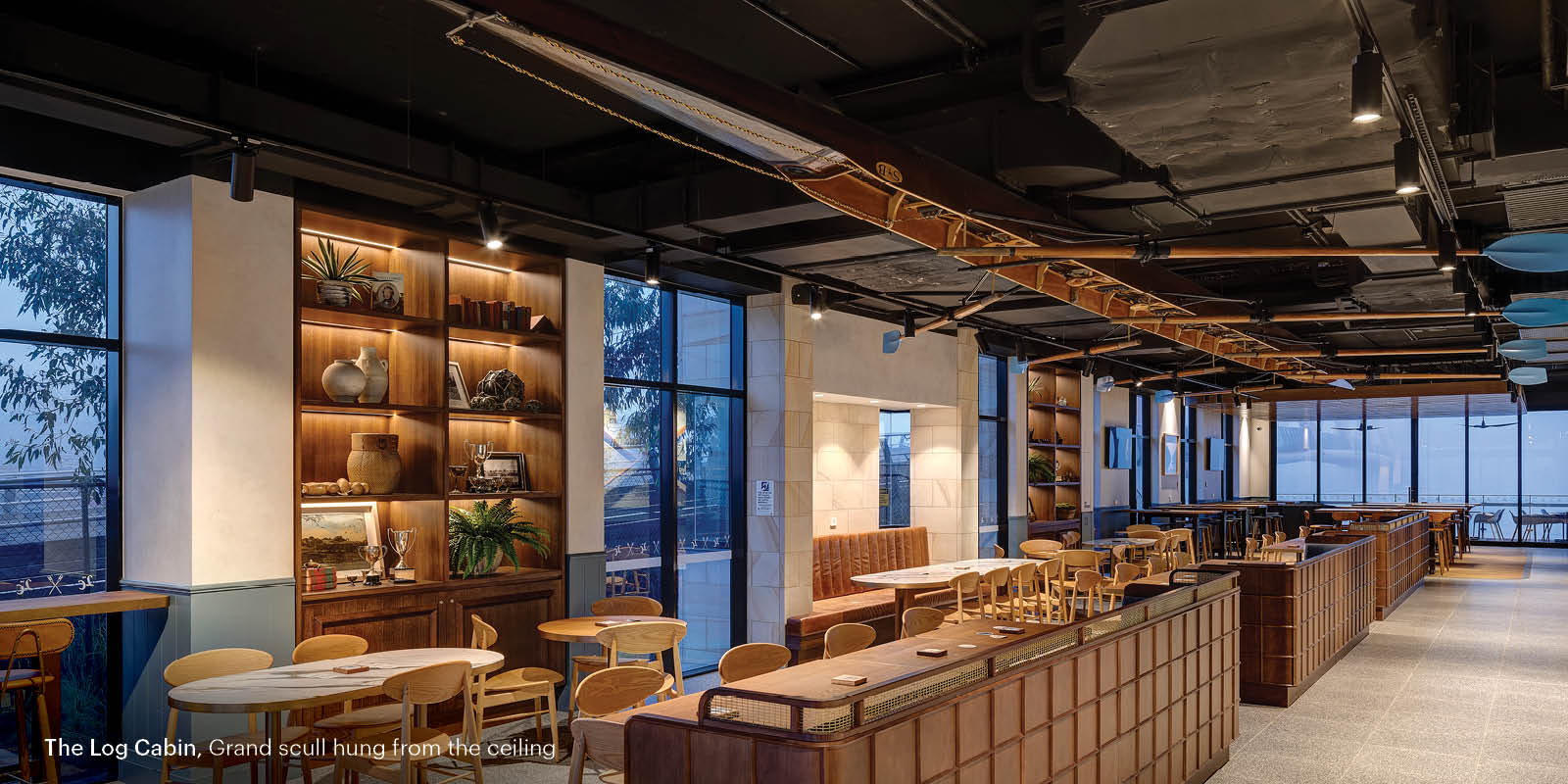
A second chance
The Log Cabin was bound to look a little different this time around. It would be built from different materials to meet modern fire safety standards and the original site had been reconfigured with the iconic new Yandhai pedestrian bridge intersecting it. But the goal remained – it had to feel like home.
“The Log Cabin was a second home for a lot of people, and we wanted to pay homage to its history,” explained FDC senior project manager Peter Stait. “It was also an opportunity to build a best-in-class modern hospitality location that celebrates good food, good service, great views and the community.”
From the outside, the cabin’s pitched roof echoes the shape of its predecessor, and its sandstone walls exude warmth. Inside, its huge fireplaces surrounded by plush seating invite you to take a seat and settle in. Each bar and room is named after the cabin’s histories including: Darwin’s Rest, The Jetty, and Emu Ferry.
On the walls, patrons will find artwork by local and regional artists inspired by the area’s natural beauty and rich history. Upstairs is Sinclair’s, the luxurious fine dining restaurant. Here patrons can enjoy a curated menu of incredible produce sourced from local farmers within 40km of the restaurant – a nod to the Nepean-Hawkesbury’s history as the food basket for Sydney since early colonial times.
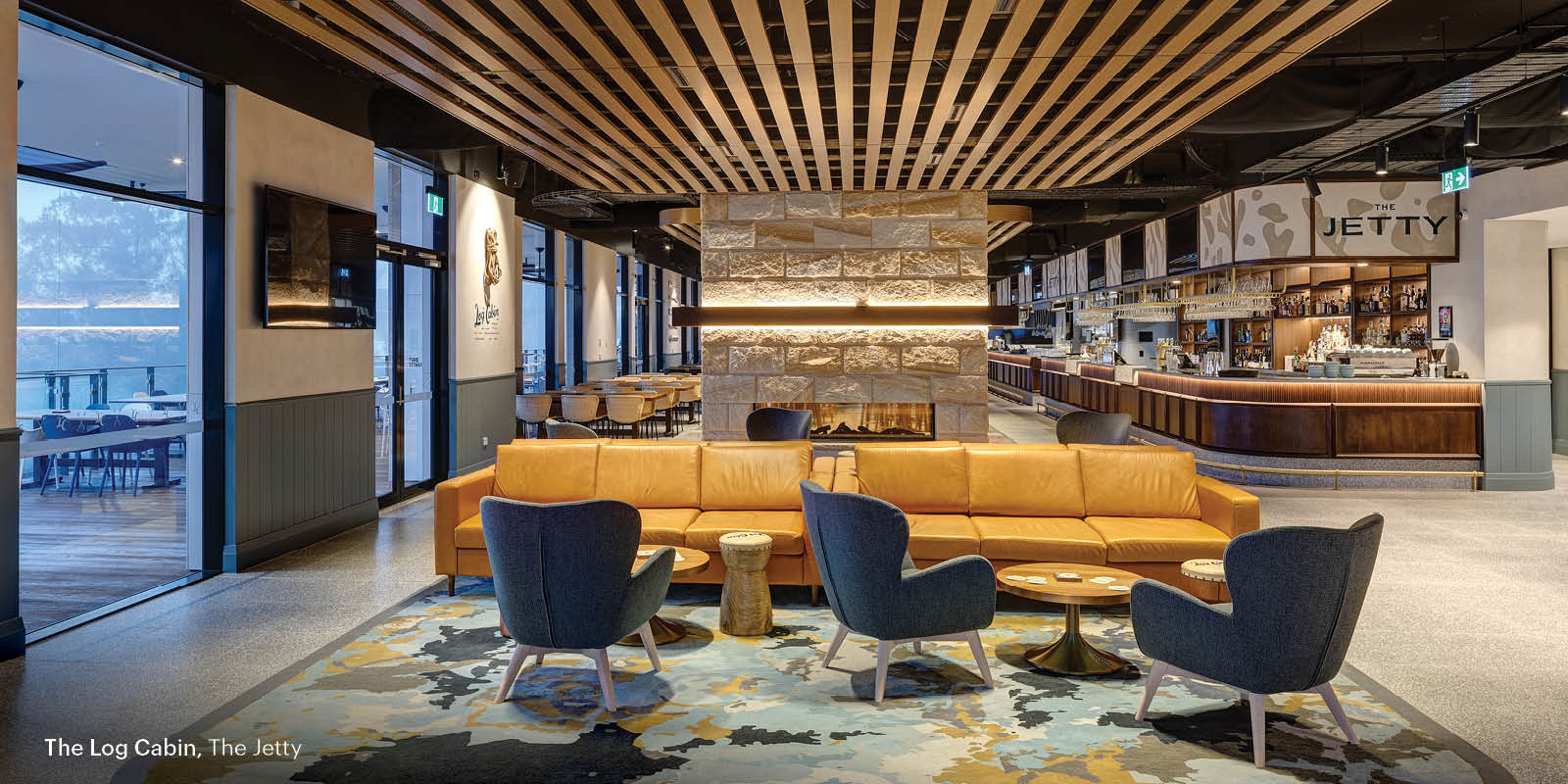
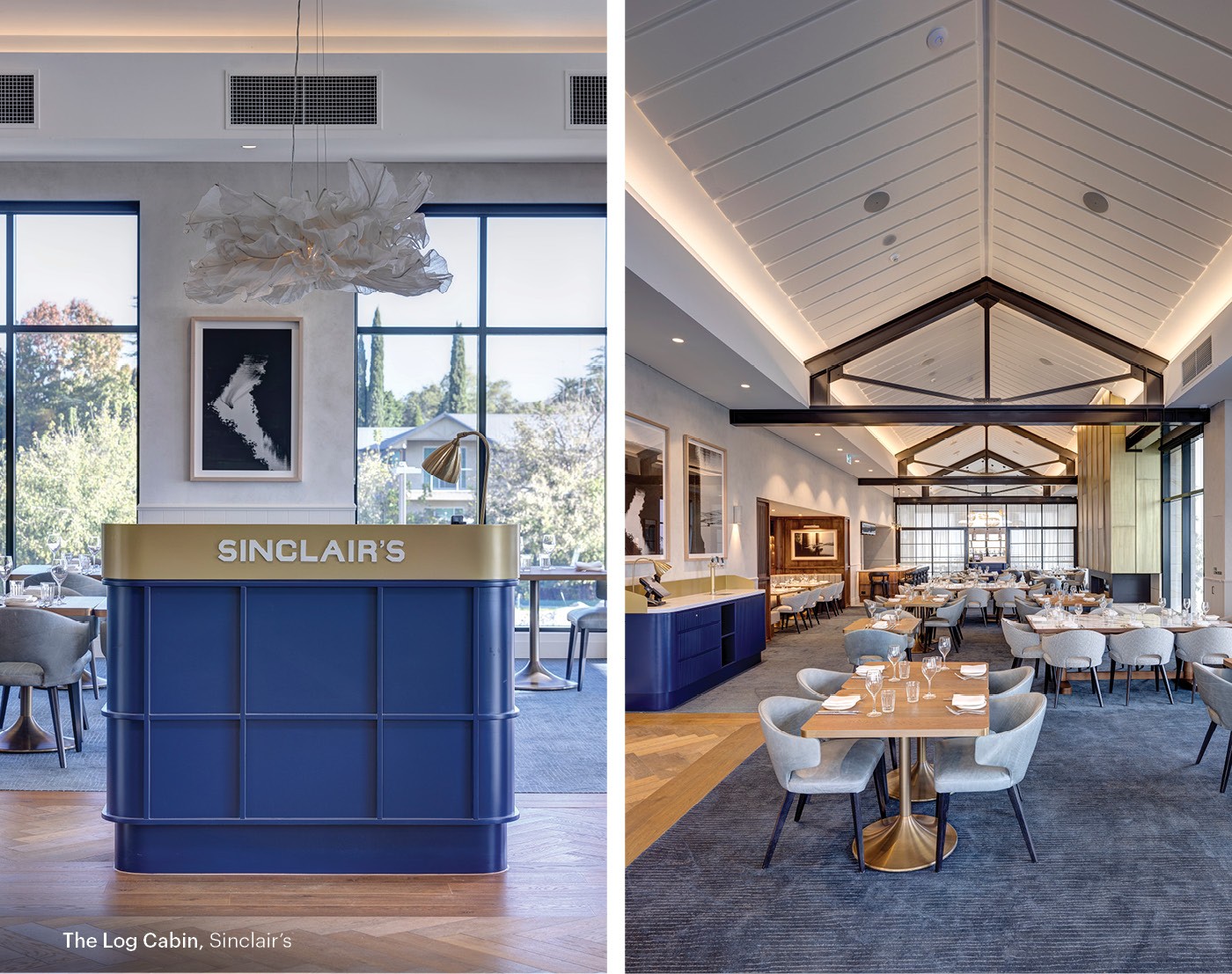
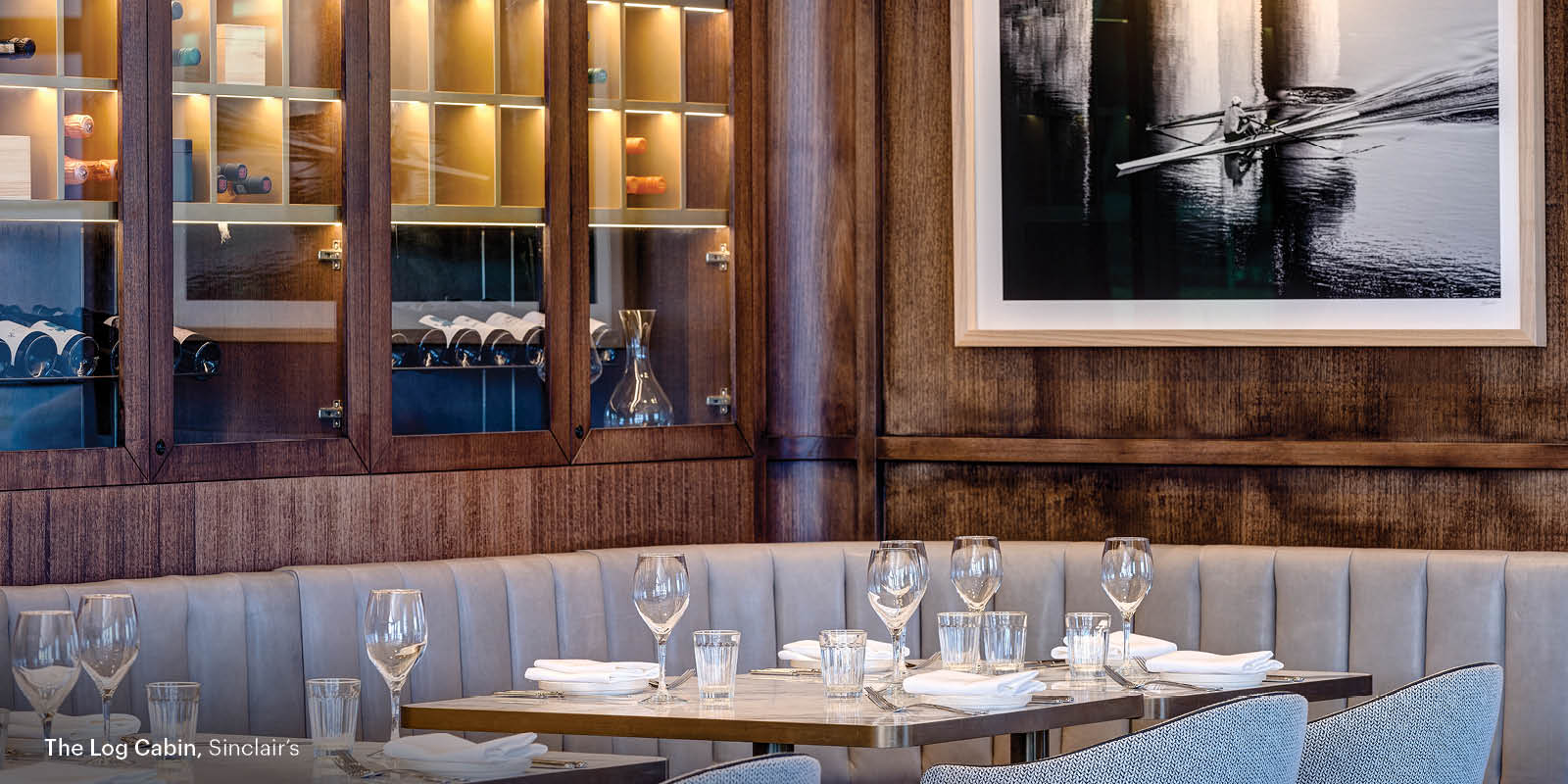
Energised by the future
Though the pub honours its predecessor, it couldn’t function like it. FDC was committed to designing a best-in-class hospitality facility that operated with efficiency and ease.
“The Log Cabin has been a huge collaboration between the three families and their skillsets,” said Danielle. “And the customer was at the centre of it all – many design hours, face to face meetings and more went into making sure the Log Cabin could offer visitors the best experience possible.”
As a result, the Log Cabin is now a top-of-the-line modern pub. Complete with state-of-the-art kitchens, stunning sunken bars, multiple dining spaces, a beer garden and broad balconies that allow patrons to admire the natural beauty of the Nepean River.
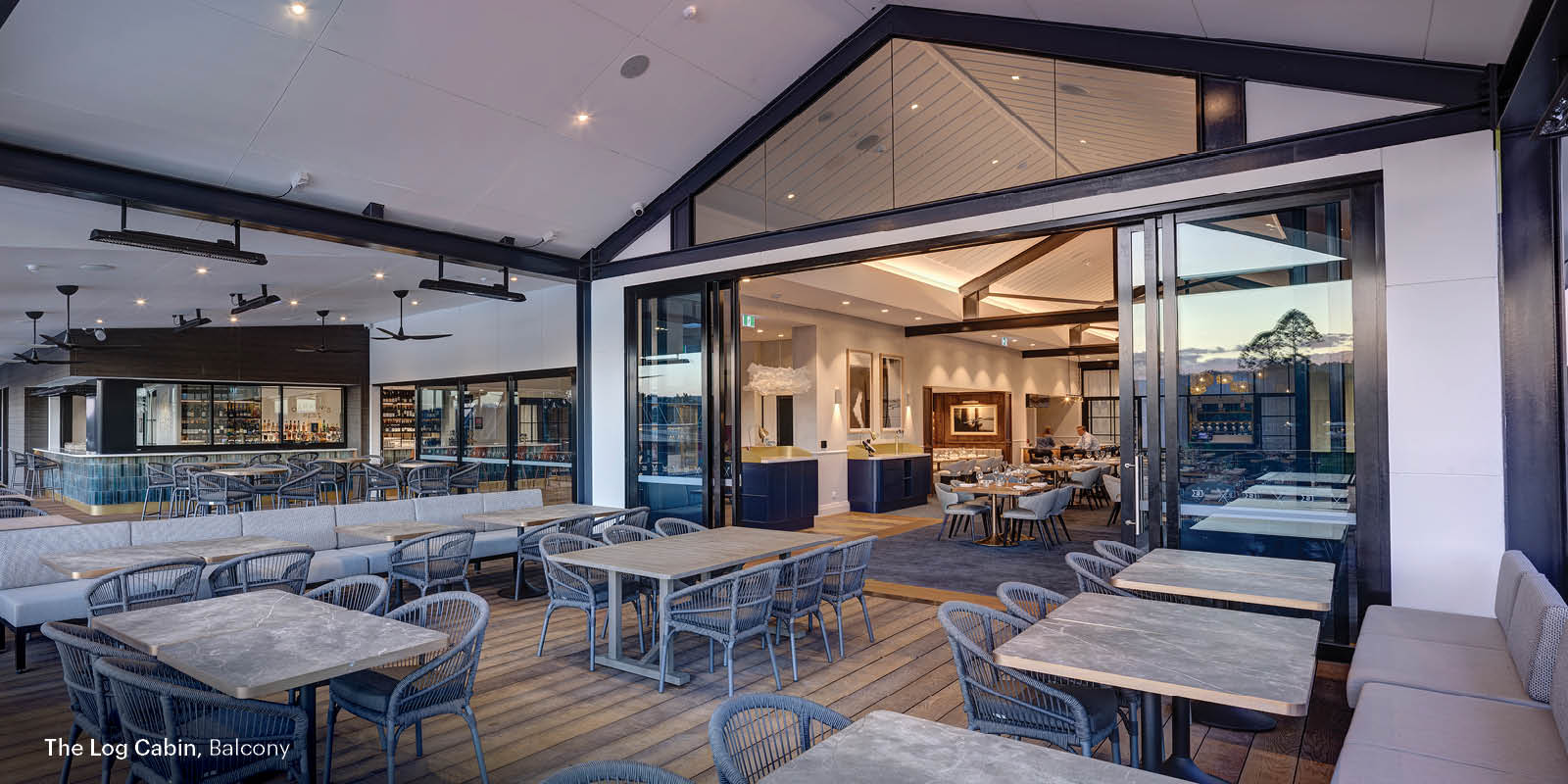
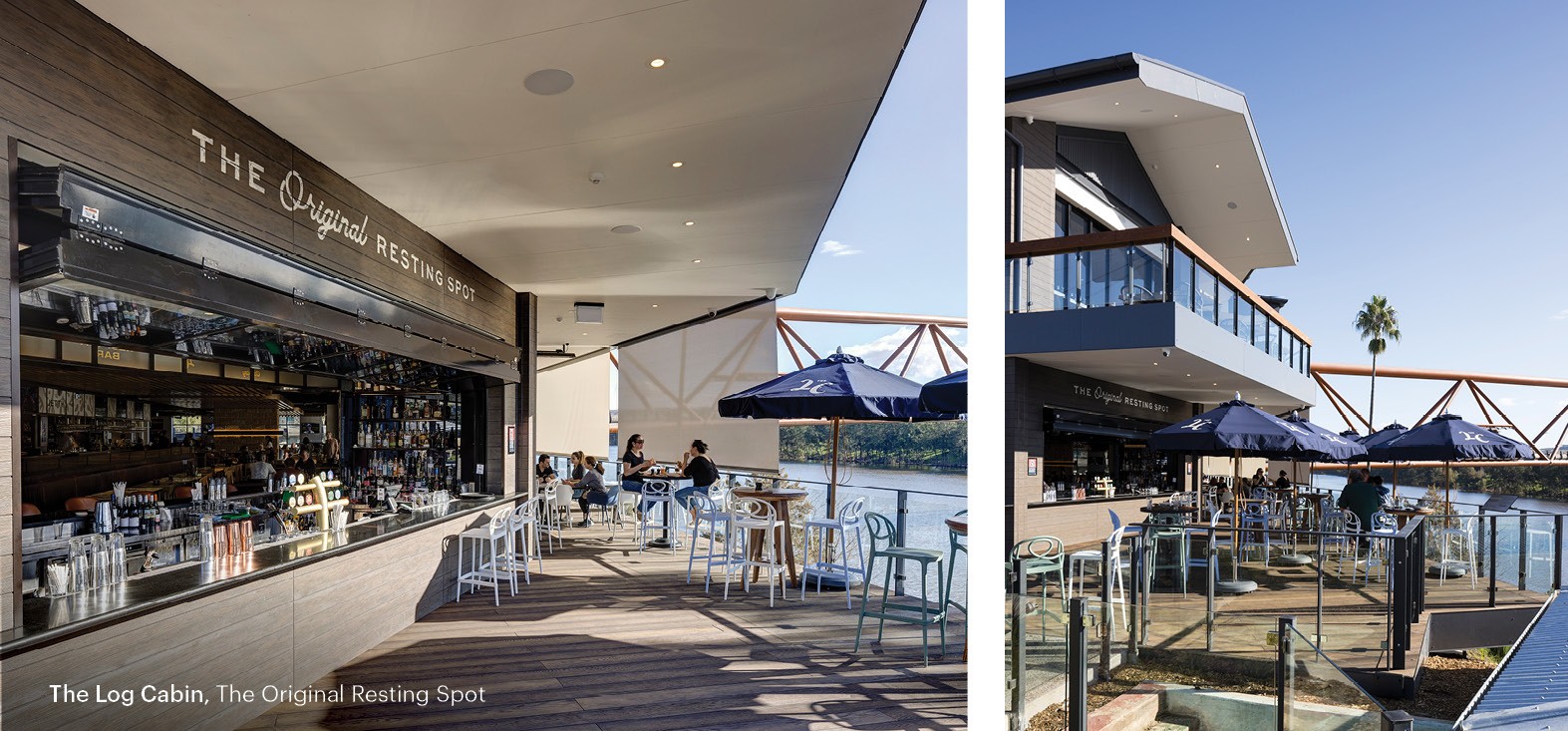
Coming home…
Through ownership and name changes and even a fire, the Log Cabin’s significance never faded. That’s why FDC is incredibly proud of the team’s efforts to bringing this icon back to life and welcome the community home.
“Not many things are more personal than getting to build a community meeting place for people to relax, have fun and celebrate with each other,” said Peter. “It’s more than just a building – it’s a home. I love it, and it’s why the whole team loves it”
Today the Log Cabin is open again for first dates, first beers, family dinners, weddings, and memory-making along the majestic Nepean River.
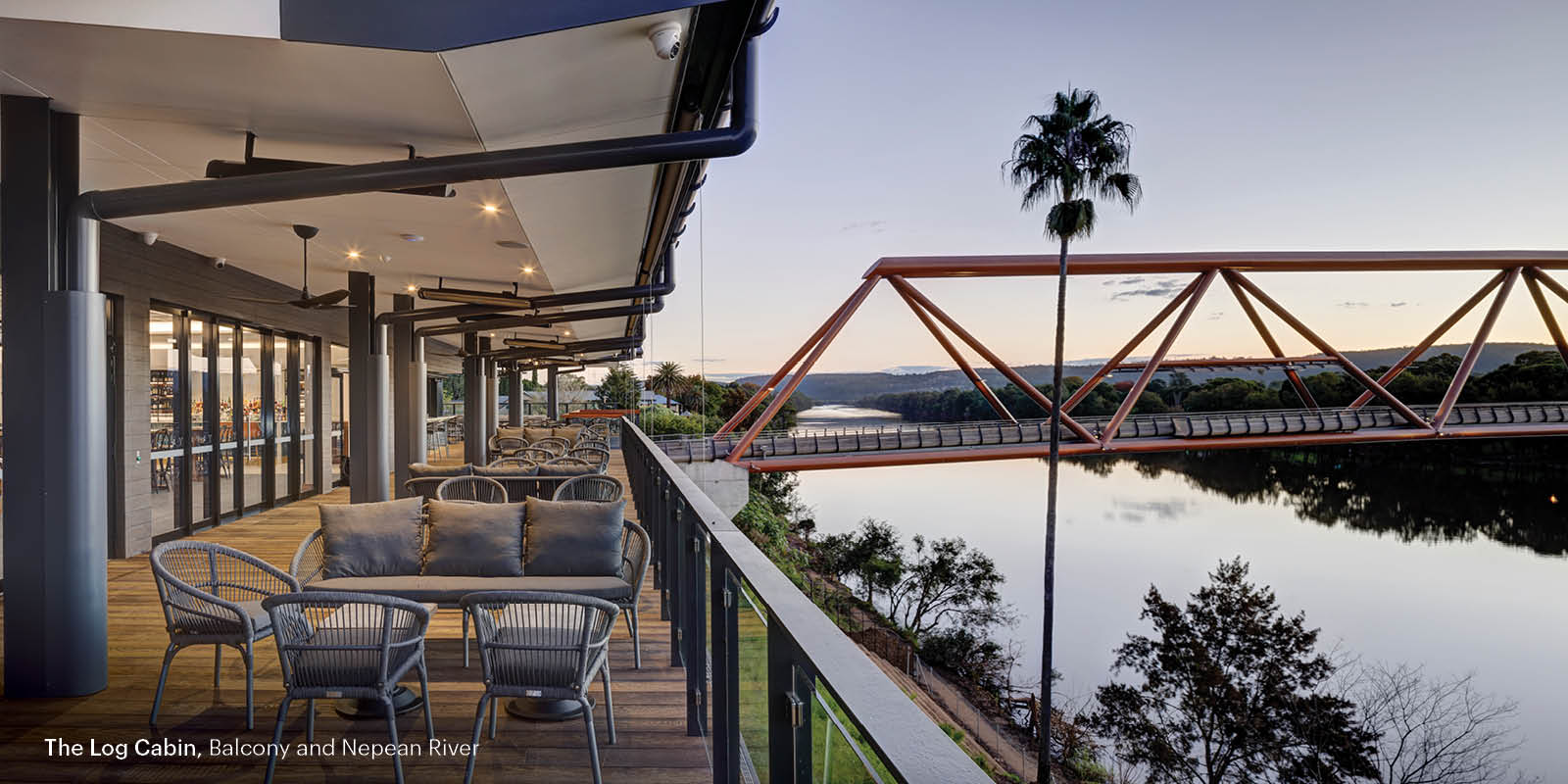
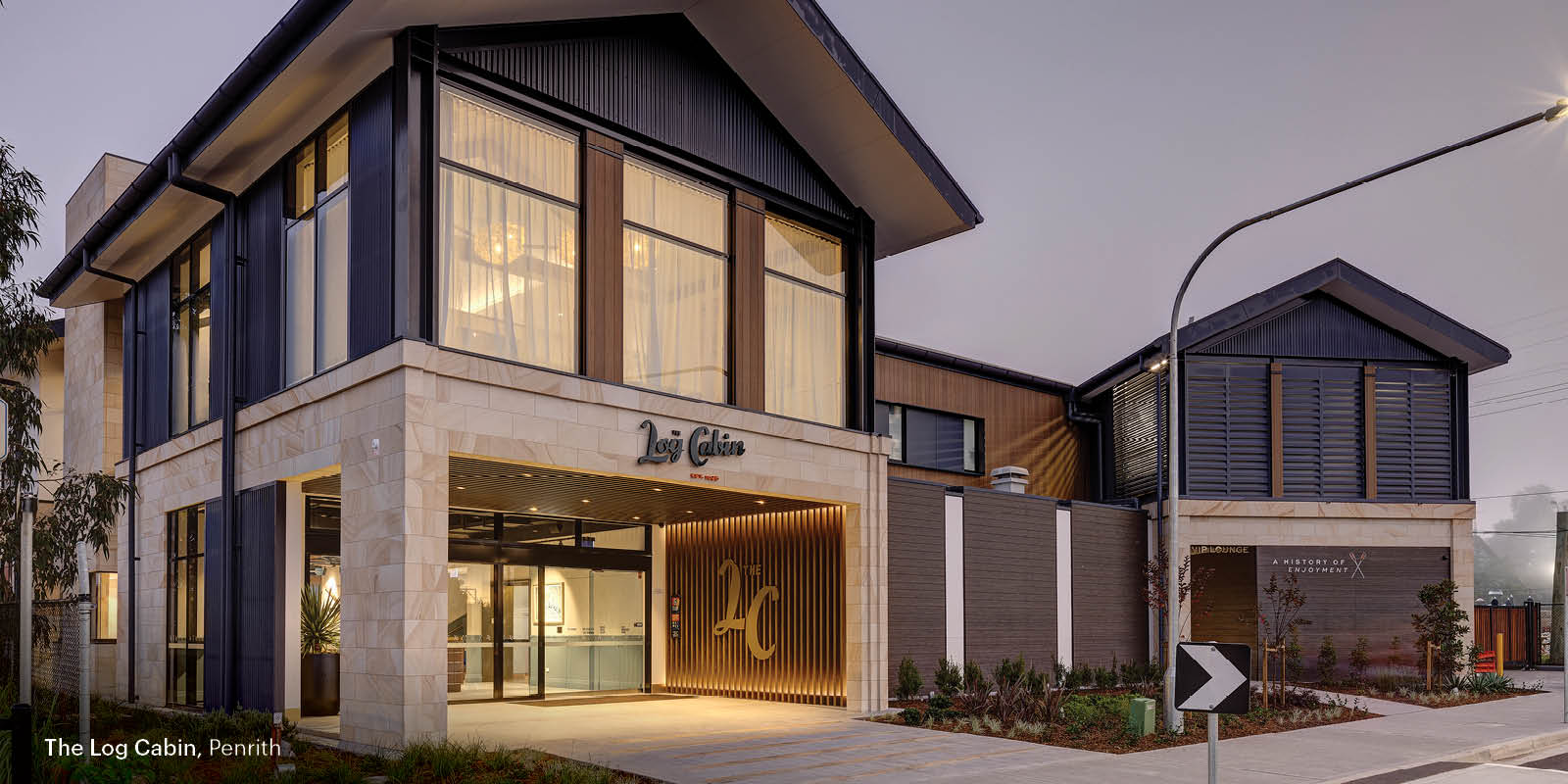
Photography by Brett Boardman Photography.
